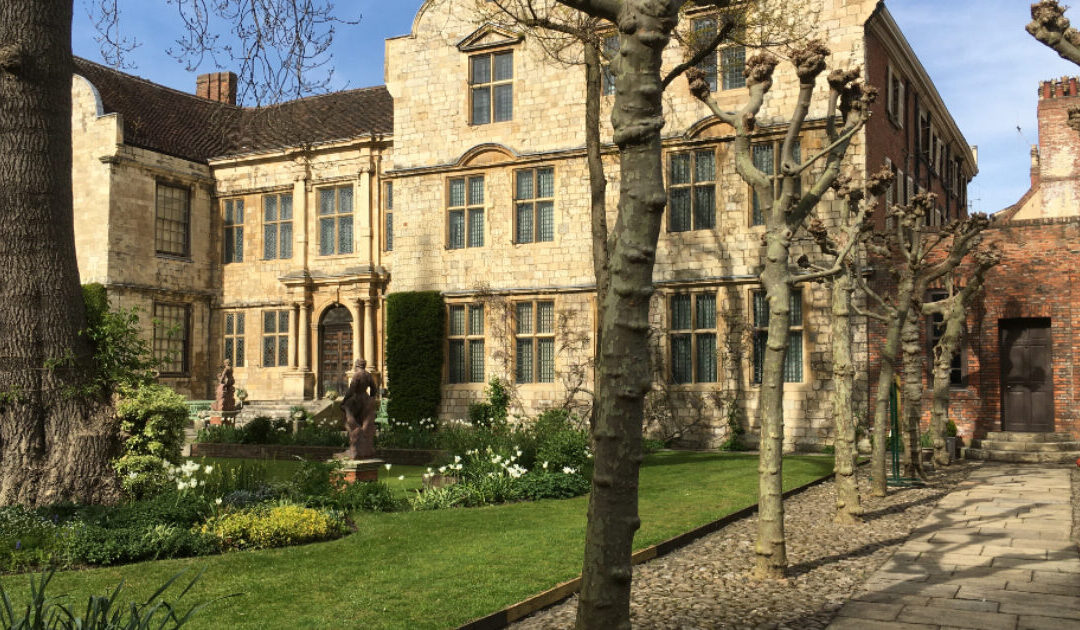Tucked away at the back of York Minster is the National Trust owned Treasurer’s House.
The Treasurer of York Minster was a highly sought after and lucrative position being responsible for all financial matters relating to the Minster. It was only fitting that the Treasurer should reside in an opulent building befitting his status. Although some sections of the building date back to the thirteenth century the House was extended in the sixteenth century using stones from the recently demolished Archbishop’s Palace in nearby Dean’s Park.
After the abolition of the position of Treasurer in the mid seventeenth century the House became divided up into three properties which by 1890 had become neglected and almost derelict. However in 1897 they were rescued by a wealthy Yorkshire industrialist Frank Green who restored them back to a single building. Frank’s grandfather, Edward Green Senior, had invented a revolutionary machine called the Green Economiser which recycled heat energy produced by steam engines thereby reducing fuel bills in steam powered factories by up to 25%. The family patented the invention and their Wakefield factory produced thousands of machines for use in Britain and around the world making the family extremely wealthy.
After the death of Frank’s grandfather the business passed to his father also called Edward Green who together with Frank expanded the family business. By the 1870s the Greens were wealthy enough to buy a country house on the Sandringham Estate in Norfolk. Here Edward Green became best friends with his neighbour the Prince of Wales, future King Edward Vll and his wife Princess Alexandra. Edward Green was rewarded with a hereditary baronetcy and in 1900 the royal couple stayed at the Treasurer’s House as guests of Frank.
Frank Green remained at the House with around a dozen servants until 1930 filling it with an eclectic collection of furniture, paintings and porcelain. He used the House to entertain his many friends and relations serving the very best food and wine. Frank unfortunately was a very demanding employer expecting high standards of cleanliness and tidiness from his staff and placing stud marks in the floors of rooms marking the exact position where furniture had to be placed.
In 1930 Frank retired to a farmhouse at Dulverton, Somerset gifting the House with all its contents to the National Trust with the proviso that nothing should be added to or be removed from the House.
The House is open for guided tours from April to November and has a delightful garden and café.
Truly a real treasure in York!
Article supplied by David Holt, Blue Badge Guide – https://yorkshiresbestguides.co.uk/project/david-holt/
Image copyright VisitYork


